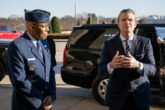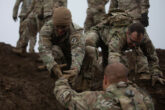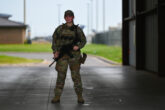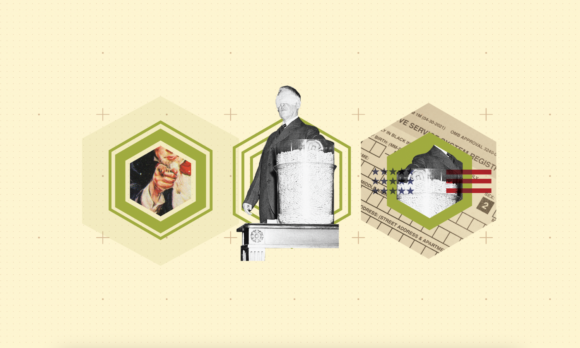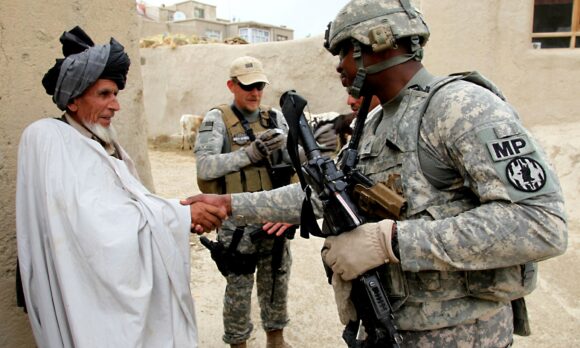The 2022 National Defense Strategy emphasizes the critical role of military personnel as the executors of strategy in great power competition. Military personnel are the primary force tasked with defending the nation, deterring threats, and ensuring that military operations are carried out effectively. The presence of well-trained, capable warfighters can deter potential adversaries from launching attacks or pursuing hostile actions, signaling the nation’s ability to respond effectively. Lethal and ready forces are further capable of defeating an adversary and achieving the nation’s military objectives.
For the Department of Defense and the military services to provide the forces necessary to deter and (should deterrence fail) defeat adversaries requires that the services be able to attract, retain, develop, and leverage uniformed individuals with the necessary skills, knowledge, and physical and cognitive readiness to execute military operations effectively. The all-volunteer force (AVF)—established in 1973—trains and equips service members to provide a professional force with highly trained and specialized personnel, driving increased effectiveness and readiness at the individual level. To provide for the AVF, the services must be able to access and recruit individuals who both have a willingness to serve in the military and meet the high standards demanded of military service. The services must further calibrate a force that meets service and joint requirements with the costs of retention, balancing recruitment and development of new warfighters with the experience and expertise of more senior noncommissioned officers, warrant officers, and the officer corps.
The CNAS National Security Human Capital (NSHC) Program examines military personnel statute, legislation, policy, regulation, and practices of recruitment, retention, and talent management processes across the warfighter lifecycle. In partnership with the CNAS Technology and National Security Program, the NSHC Program examines human performance optimization in the military. The program further examines the extension of military service through transition and veteran status, identifying the challenges and opportunities facing those who have answered the call to serve and the effectiveness of the programs serving them.
Highlights
-
The Military Needs to Make Human-Performance Optimization Part of Daily Ops
Ukraine’s fierce defense against Russia’s better-on-paper invasion force underscores—once again—how soldiers represent human weapons systems, bringing cognitive, physical, and...
By Katherine L. Kuzminski
-
Preparing for the Possibility of a Draft without Panic
Conscription has never had a political constituency in Congress. It remains a serious, costly, and potentially deadly tool meant to protect Americans from the extreme conseque...
By Taren Sylvester & Katherine L. Kuzminski
-
Back to the Drafting Board
While no American president, member of Congress, military leader, or citizen desires the level of conflict requiring a draft, the systems, structures, and processes for implem...
By Katherine L. Kuzminski & Taren Sylvester




